19 March 2024
Alice Show at the Yokohama Doll Museum Exhibition
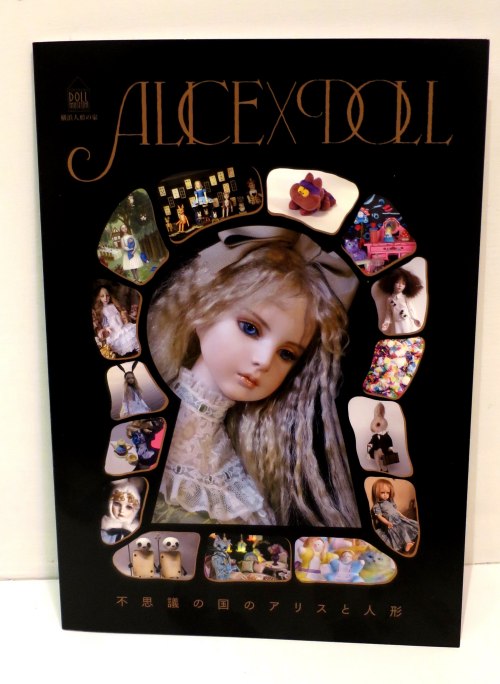
I am very grateful to my friend Yoshi, who as sent me a beautiful catalogue from an exhibition on Alice from the doll museum in Yokohama. I wish I could share all the images and ideas in the catalogue with you.... but sadly, of course, I can't. So here are some things which particularly caught my eye...
"Alice" became a popular subject for translations in the Meiji period, almost as soon as Japan opened up to the West after centuries of isolation. And that was only just after Lewis Carroll published "Wonderland" and before he had published "Looking Glass." In a few short years "Alice in Wonderland" had become the most popular children's book in England, and the Japanese wanted to know about it becase they were learning as much as they could about all aspects of Western culture. And since Japanese interest in such things as movable character dolls were growing fast at the same time, "Alice" was an obvious choice for a Western style doll.. or even a Japanese style one.
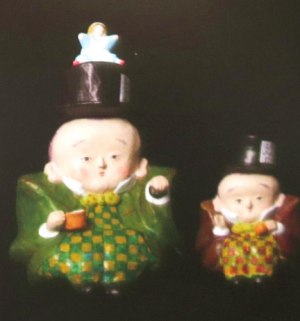
Several of the artists whose work is shown feel strongly about the character of Alice, and identify with it in some way. For instance, Mari Shimazu is inspired by Alice's struggle against Victorian restrictions and also by what she sees as her strong yet gentle and rather melancholy soul. Her dolls are part of a larger body of work around a shadowy 19th century twilight world.
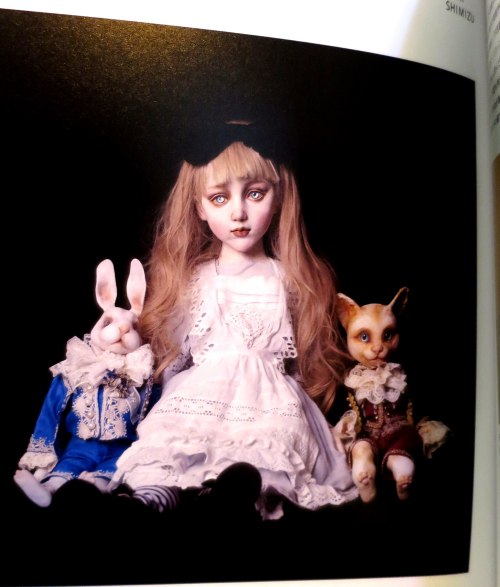
By contrast, Sebastian Masuda is interested in the brightness and colour of youthful excitement which he senses in Alice. Below is a picture of his White Rabbit. When I was young I also felt excited and interested by Alice, never knowing what was around every corner but feeling that it might be something bright and wonderful. So I like his bright and cheerful pictures very much.
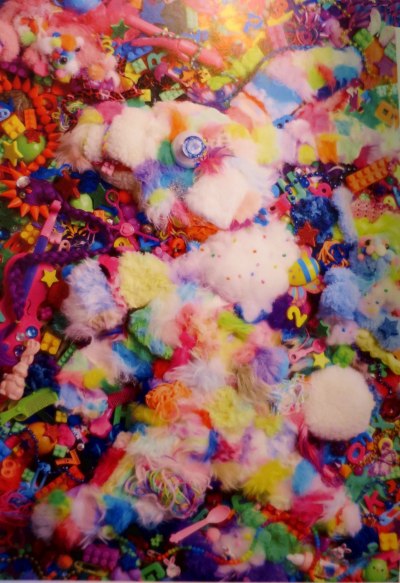
The artist Moyan isn't primarily interested in Alice as a personality. She's far more intrigued by the dreamlike unreality of Alice's surroundings, and likes the idea that nothing is ever in proportion or natural, as you see here.
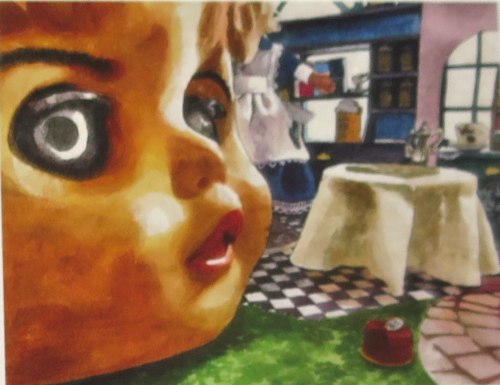
Of course making a doll is not just about having an idea; dollmaking is also a craft, and this is Bibary Maida's main interest. The processes of using certain traditional Japanese papier mache techniques and ideas, help her to enter Alice's world in order to have fun. This is an approach which resonates with me too, because if I'm honest I don't like analysing Alice's feelings very much. I believe that "Alice" is in some ways like a Rorschach test, in which the subject's reaction to abstract ink blots is analysed according to psychological theory. I think we mostly interpret "Alice" to suit our own ideas and state of mind! Bibary Maida says something like this when she mentions that she sees herself looking at her from every one of the dolls she makes.
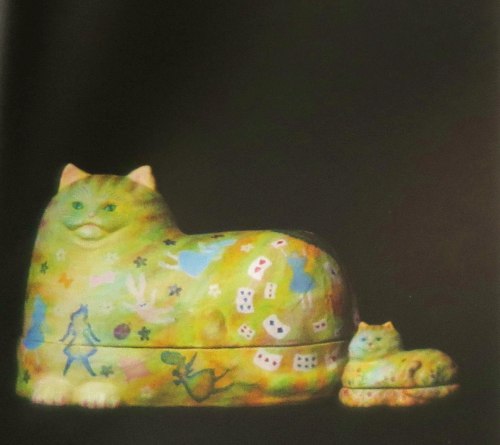
What an interesting exhibition! If I ever return to Japan I'll be sure to visit the Yokohama Doll Museum.
 Feed
Feed